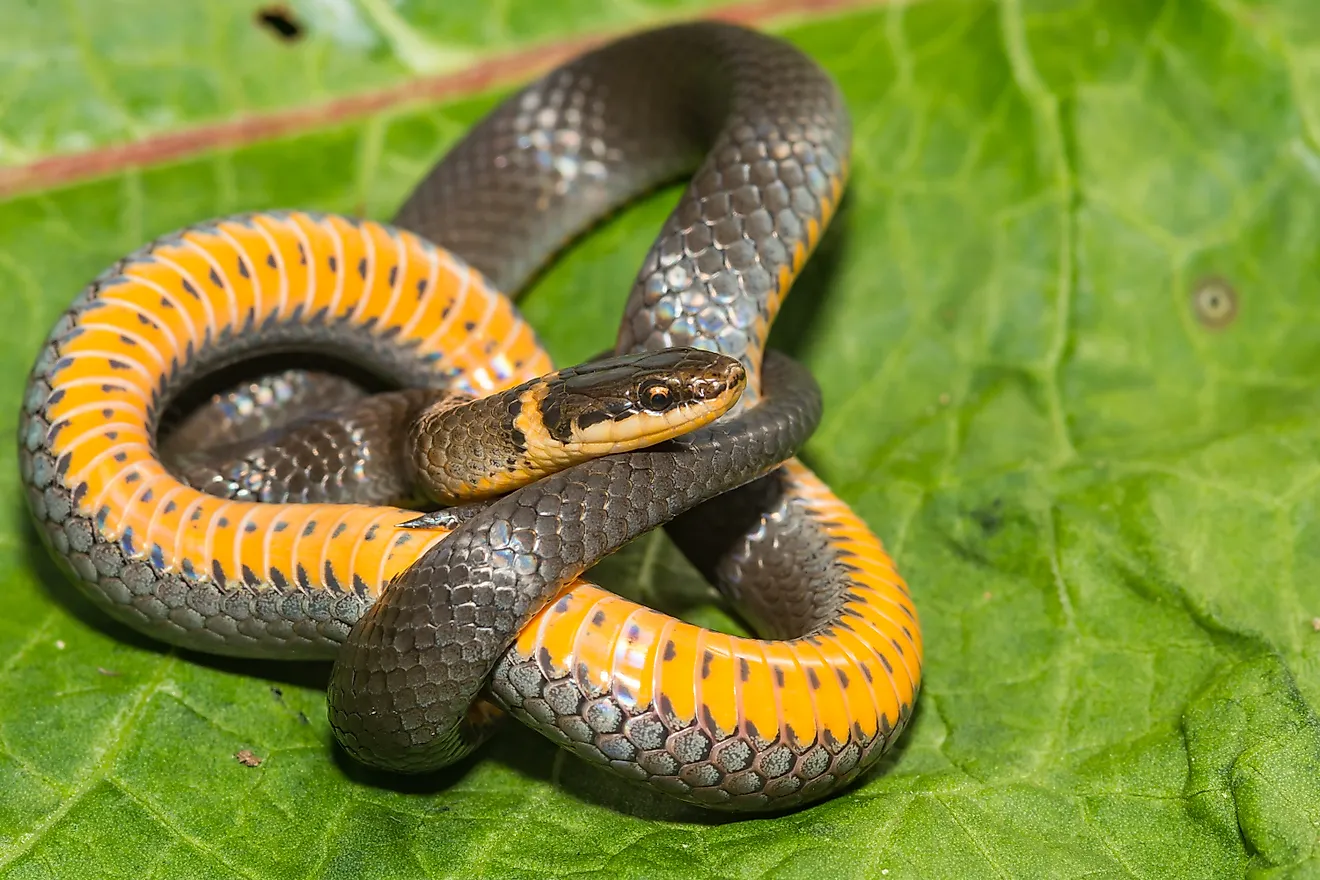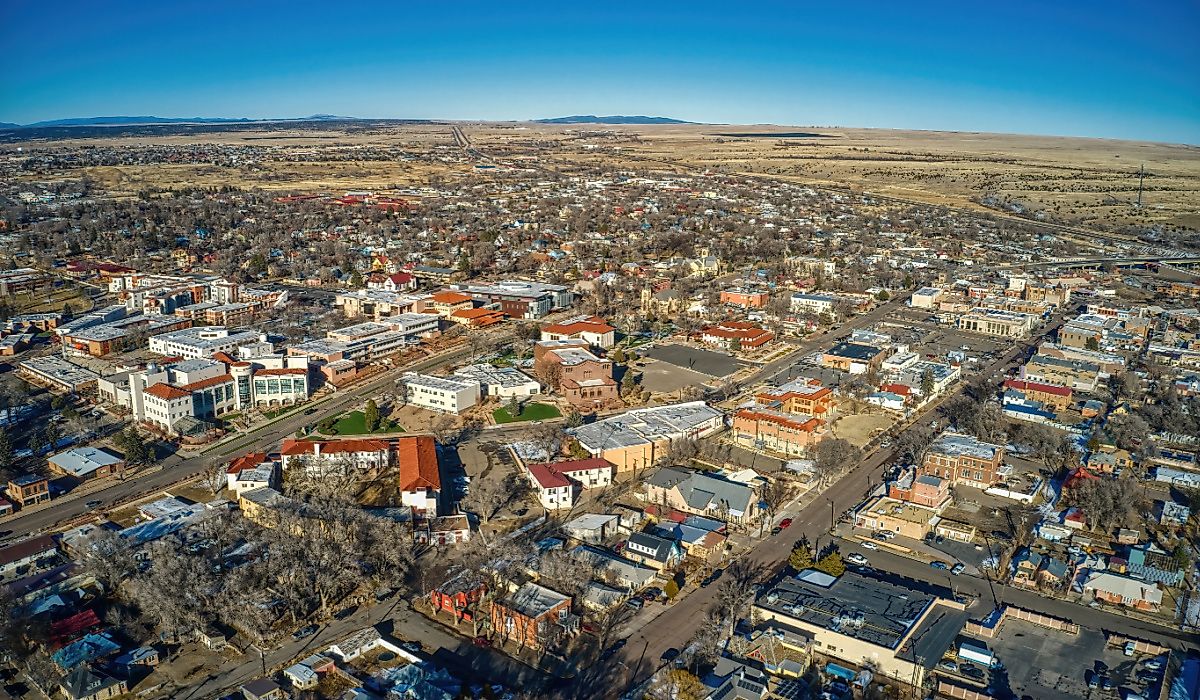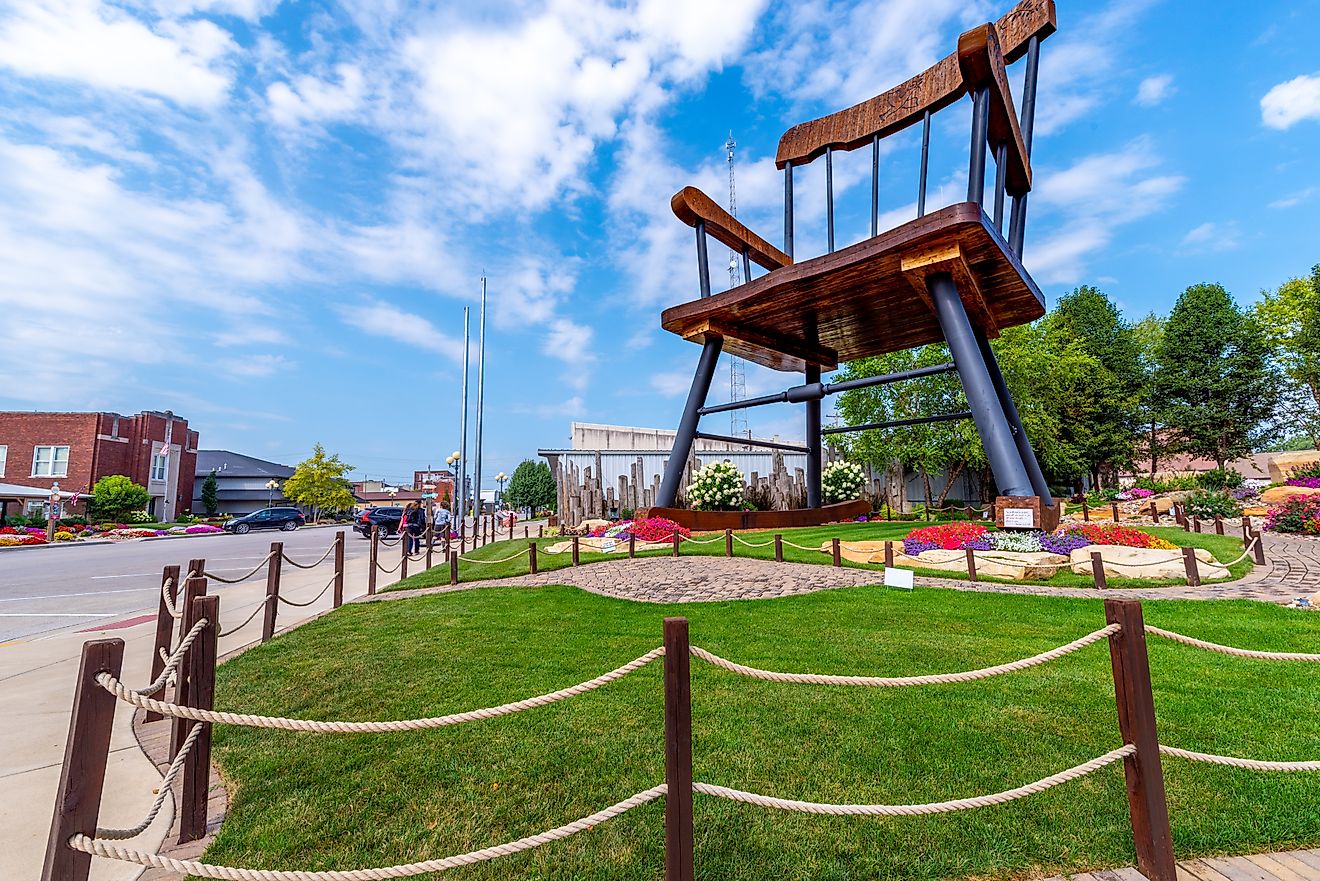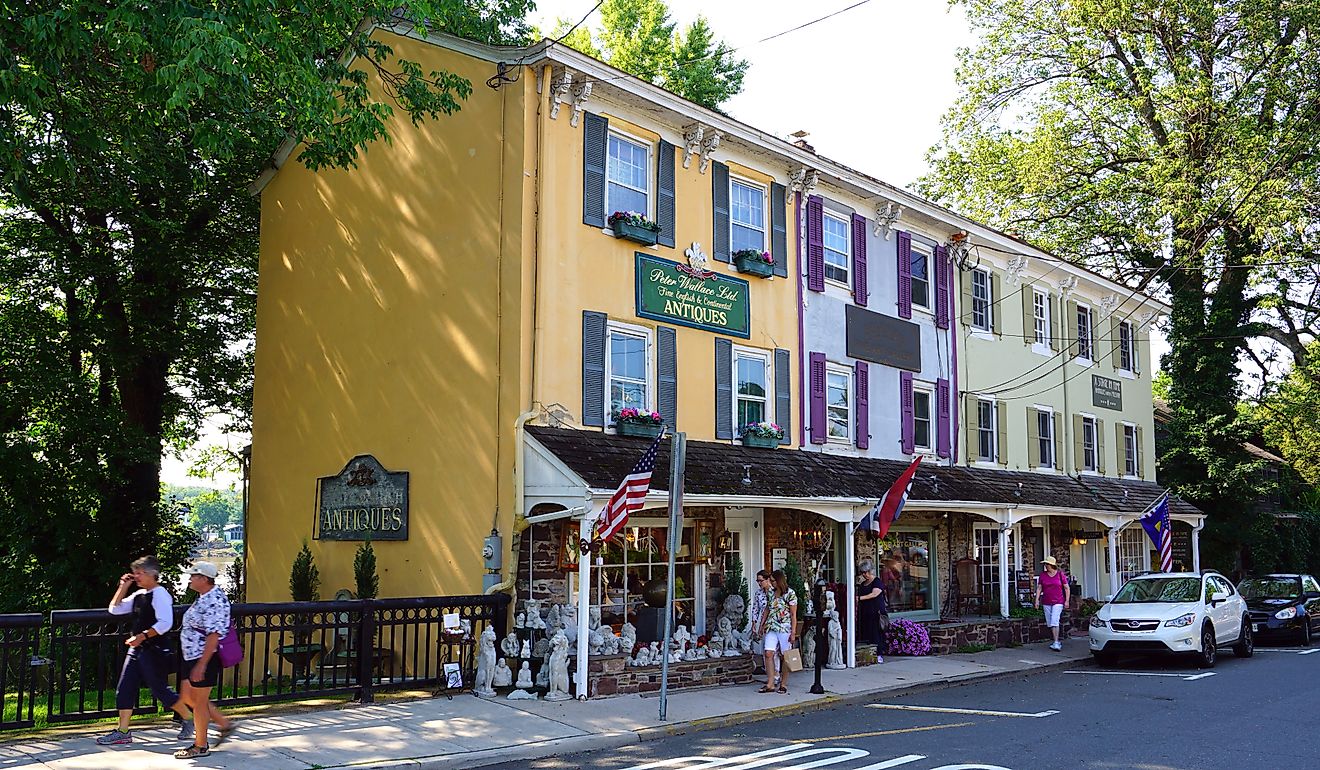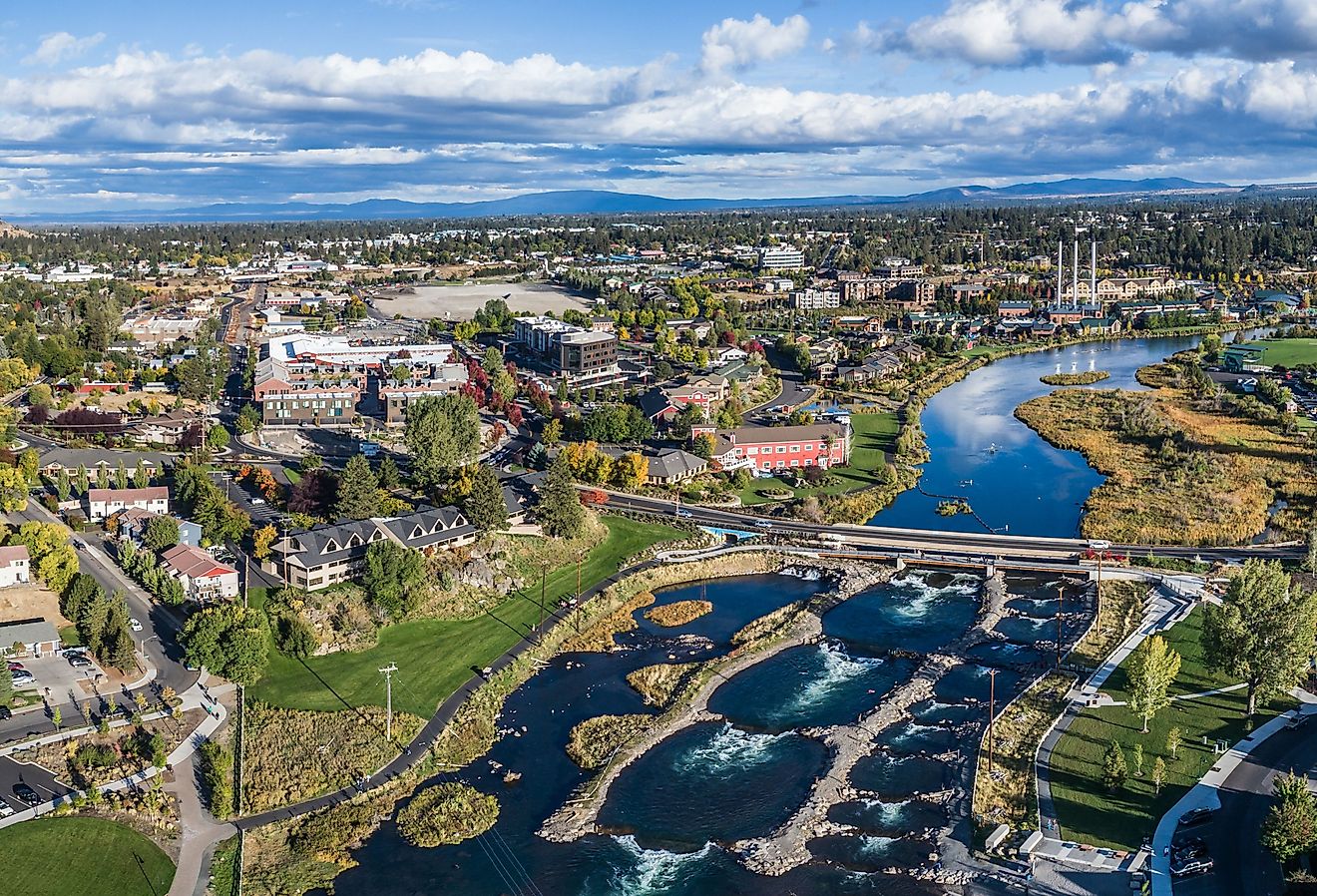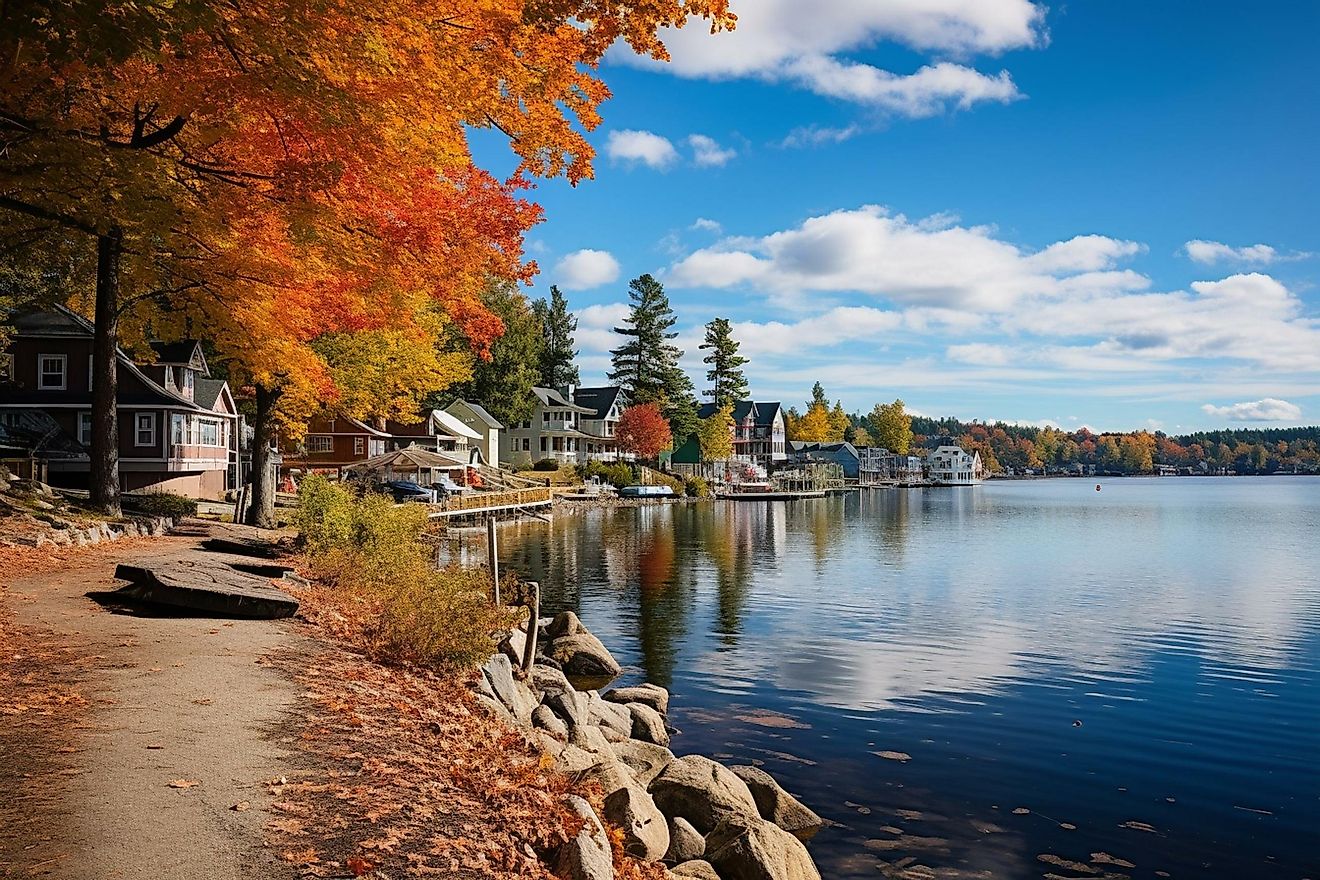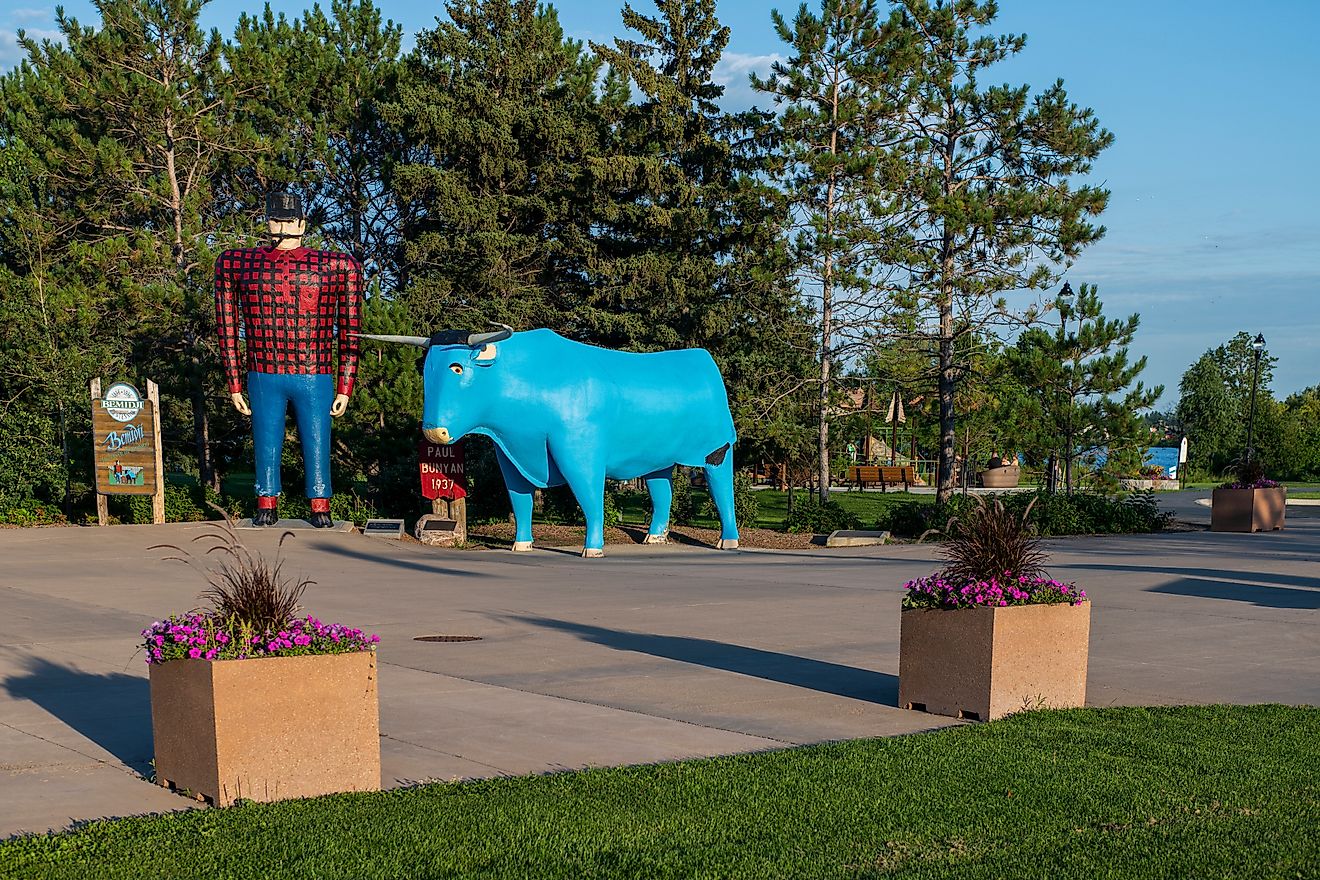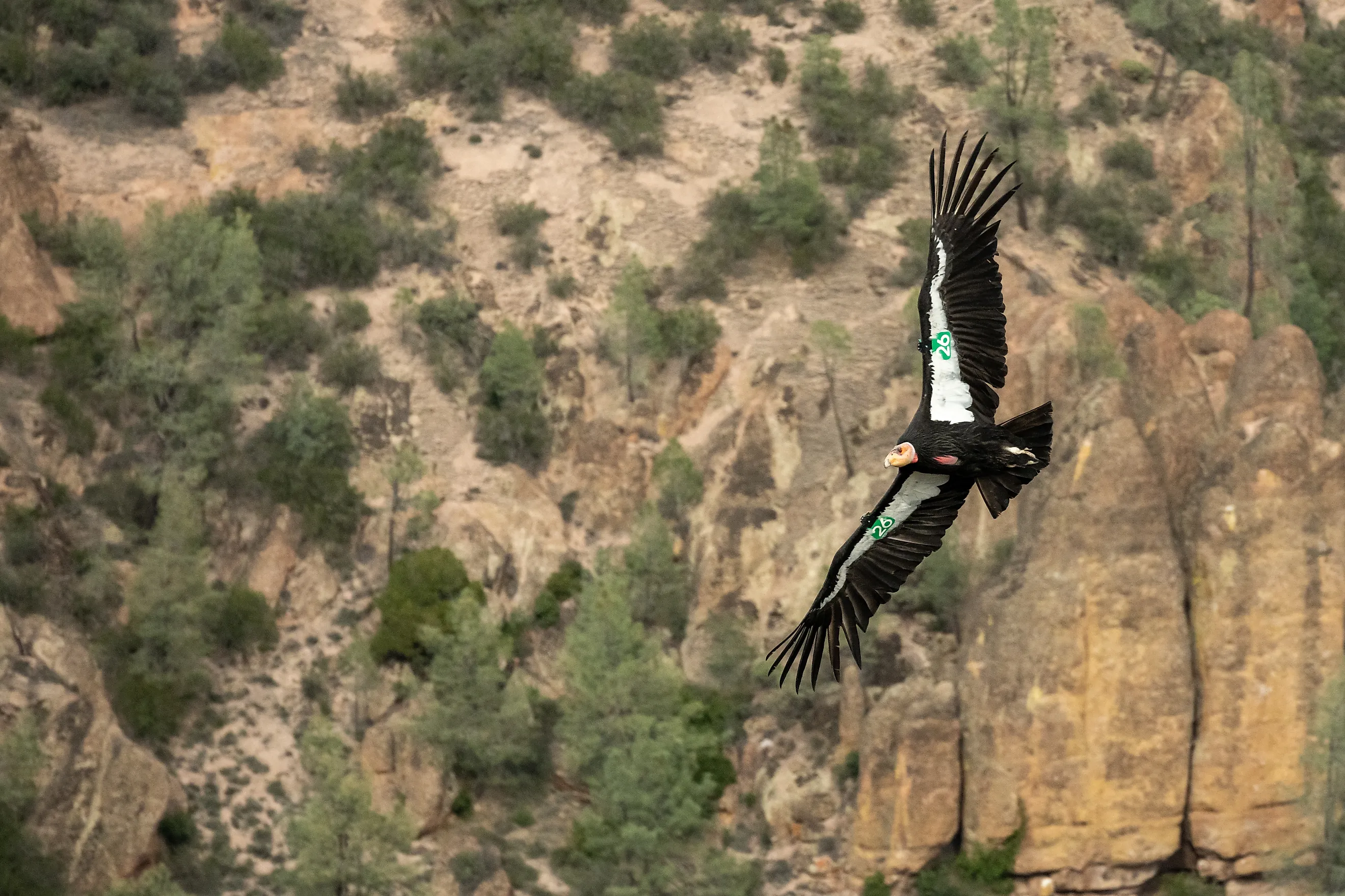
Climb Lava Spires at Pinnacles National Park as Condors Soar
California is full of superlative National Parks. When you’re competing with the likes of the world’s tallest trees (in Redwoods National Park), the lowest point in the continental U.S. (in Death Valley National Park), and the national icon that is the Yosemite Valley, it’s easy to fall through the cracks. This is the story of California’s newest National Park: Pinnacles National Park, which was designated in 2013 and easily flies under the radar!
But with that lack of name recognition comes something much more valuable: solitude. Here, you can climb spires while California Condors wheel overhead—and you’ll only occasionally come across a visitor who had the same idea. Whether you’re a birdwatching fanatic looking to check off a bucket list-worthy species, a hiker looking for an uncrowded escape, or a rock climber in search of your next adventure, you might find that this wildly underrated National Park is your new favorite.
History and Geography of Pinnacles National Park
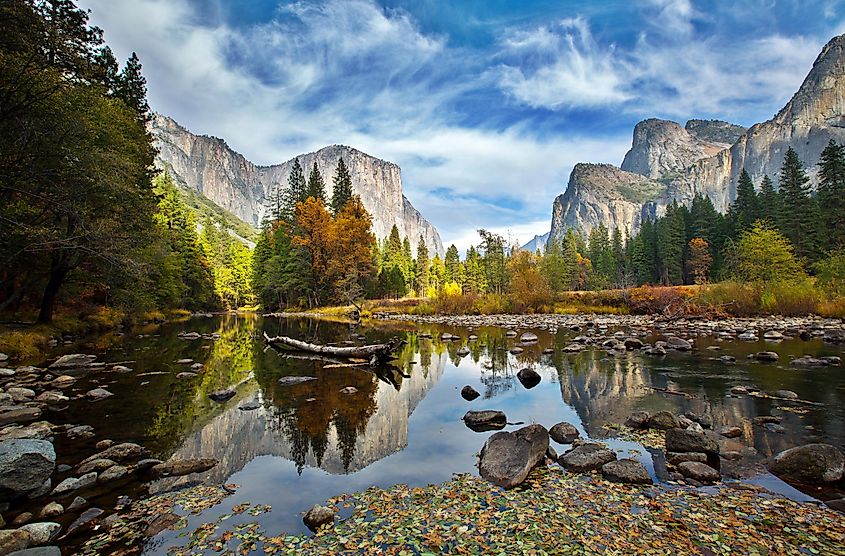
Pinnacles National Park is one of the most centrally located in California, lying a little more than halfway between Los Angeles and San Francisco and just inland from Big Sur. And anyone who’s ever experienced a major California earthquake might guess what that means: the park is also near the San Andreas Fault, where two tectonic plates meet. Both volcanic activity and plate movement are responsible for the park’s namesake rock formations.
About 23 million years ago, plate movement began to push an erupting volcanic field almost 200 miles northward to the present-day site of Pinnacles National Park. The volcanic rock left behind by each eruption was thus exposed to the elements, and over time, erosion shaped the striking rock spires we see today. The park continues to experience earthquakes, and it’s one of the best places in the U.S. to see up-close evidence of the volcanic and tectonic forces that shaped much of the American West.
But despite its ancient history, Pinnacles National Park’s current status is very new. The process kicked off in 1908, when Theodore Roosevelt established the park as a National Monument to preserve its unique evidence of California’s volcanic history. It was further developed as a recreation area during the Great Depression by the Civilian Conservation Corps. It carried out several projects to create some of the park’s modern-day hiking trails and other facilities. Despite all of that early attention, it wasn’t until 2013 that Pinnacles became a National Park. It is the fifth-newest National Park of the current 63.
Today, visitors to the park have more than just volcanic leftovers to marvel at. Although Pinnacles National Park’s 27,000 acres are home to several distinct ecosystems, the most widely occurring is chaparral. Shrubs dominate this brushy, fire-adapted ecosystem and thrive in semi-arid environments with a mild climate year-round. Highly unusual and rarely seen in the U.S. outside of California, the chaparral ecosystem at Pinnacles National Park is a prime example of adaptation to California’s semi-arid Mediterranean climate. You can also find oak-dominated woodlands, small patches of grasslands, and riparian (wetland) valleys in the park.
Condor Country: Pinnacles National Park’s Most Iconic Species
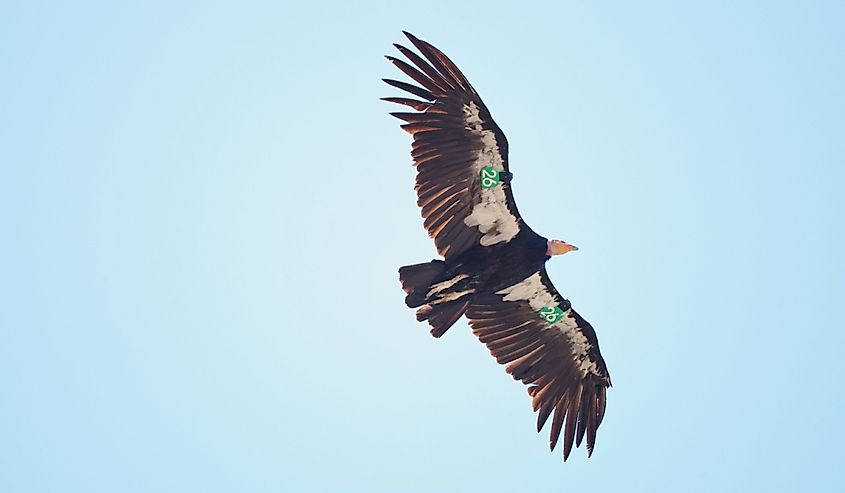
If you’re a birder or a central California resident, you may have noticed that we have yet to mention what Pinnacles National Park is perhaps best known for. If you’re not, you might not be expecting the park’s claim to fame at all. However, besides its unusual geology, Pinnacles National Park is unique because it is perhaps the best place in the world to spot a California condor.
With a wingspan of nearly ten feet, the California Condor is one of the most impressive birds you’ll ever see. Ask any birder about their bucket-list species, and a condor is likely to be near the top. But what makes a condor sighting in Pinnacles truly special is that the species almost didn’t live to see the present day.
The successful reintroduction of the California Condor to the wild is one of the greatest wildlife conservation success stories of the past century, and it began right here in central California. In 1982, the Condor Recovery Program kicked off after the condor population plummeted to just 22 wild condors. A captive breeding program was initiated, and after the population continued to fall, all remaining wild condors were taken into the custody of the Los Angeles Zoo and the San Diego Wild Animal Park with the dim hope of breeding in captivity to restore their numbers. But the gamble paid off, and in 1991, the program began to release captive-bred condors into the wild. Pinnacles National Park, then a National Monument, was one of the first places these condors were released.

Although the California Condor remains extremely rare, with a wild population of about 200, it’s making a slow rebound, and Pinnacles National Park is one of the best places in the U.S. to spot them. They reside in the area year-round, and spotting scopes have been set up at various points in the park to help visitors catch a glimpse of one of the rarest birds in North America. Though it’s by no means a guarantee, the chance to spot a California Condor in flight is one of the park’s main draws.
Though not as well-known, the other unique draw of Pinnacles National Park is its network of talus caves. Unlike traditional caves hollowed out by erosion, talus caves are created when boulders fall into canyons or ravines to create a kind of ceiling. At Pinnacles National Park, where the earth is always moving, there have been ample opportunities for falling rocks to create these unusual caves. Spelunkers frequent the park for the opportunity to explore a cave system that is both geologically and visually unique.
What to Do in Pinnacles National Park
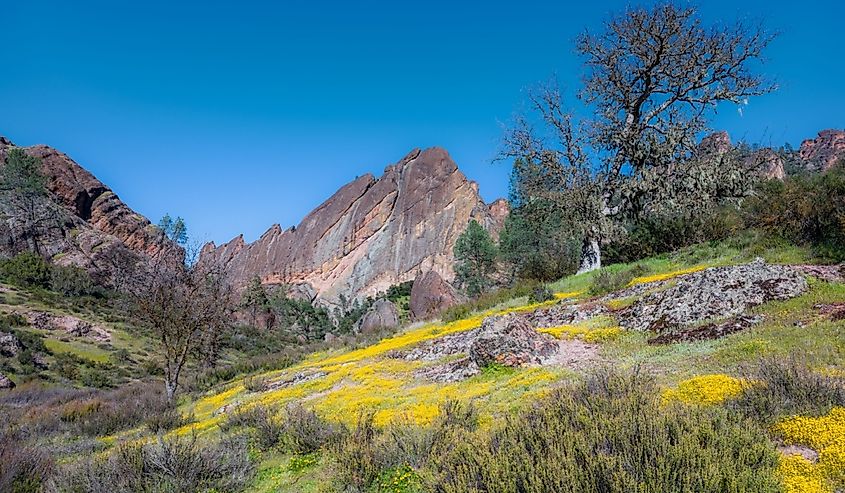
Pinnacles National Park is the smallest in California, but it’s also one of the least developed. Where other parks have extensive road systems and some even feature their own internal public transportation, the road into Pinnacles stops a few miles into the park. If you want to see most of what makes the park unique, you’re going to have to hoof it. Visitors flock to Pinnacles for four main things: camping, hiking, condor-spotting, and climbing.
Thanks to its striking volcanic rock spires, Pinnacles has plenty of challenging topography for rock climbers to explore. If you’re new to climbing, you can try your hand at a top rope climbing course, where a rope is already affixed to the top of a rock formation for your use. Advanced climbers favor the challenging Machete Ridge trail.
Hikers have even more options on the park’s 30 miles of maintained trails. Because most of the trails begin at road-accessible points near the park entrance, many of them are rather long; one popular option for anyone who isn’t interested in an all-day hike is the 2.3-mile Bear Gulch Trail from Pinnacles Campground. Just remember to bring a headlamp to explore Bear Gulch Cave at the end of the hike.
From there, you can connect to a wide variety of other trails: truly adventurous hikers should try High Peaks Trail, a strenuous but doable trail of 6.7 miles, that offers the best chance for condor sightings. Pro tip: because there are so few trailheads in the park, it’s possible to combine just about any two trails in the park for a longer and more varied hike.
Those interested in exploring the talus caves should try the Balconies Cave Loop, which can be accessed from any trailhead (depending on how far you’re willing to hike!). The easiest access is via a moderate hike from the Old Pinnacles Trailhead, which tops out at 5.3 miles round trip.

If you’re coming to spot condors, you should be ready to trek: the best places in the park to spot them are the High Peaks and Balconies Cliff Trails, both of which require at least a moderate hike to reach. However, lucky campers might also be able to spot them on the ridge behind Pinnacles Campground, and there are spotting scopes installed there for easier viewing. Morning and evening are the best times to try for a sighting.
Finally, campers in the park can stay overnight at the fully equipped Pinnacles Campground. Easily accessible by car, this campsite is possibly the best way to experience Pinnacles National Park if extensive hiking or climbing isn’t an option for your party.
More than almost any other California park, Pinnacles National Park rewards effort. Little-known and far from just about everything, it takes some research and a real trek to find yourself in the area. But that relative obscurity protects the park from the tourist hordes that plague many of the more popular National Parks, and it means you’ll get to enjoy something increasingly rare: a true one-with-nature experience. Whether you stop by to search for condors or take to the trails to explore the park on foot, Pinnacles National Park promises rugged beauty and few crowds to those who make the trip.

